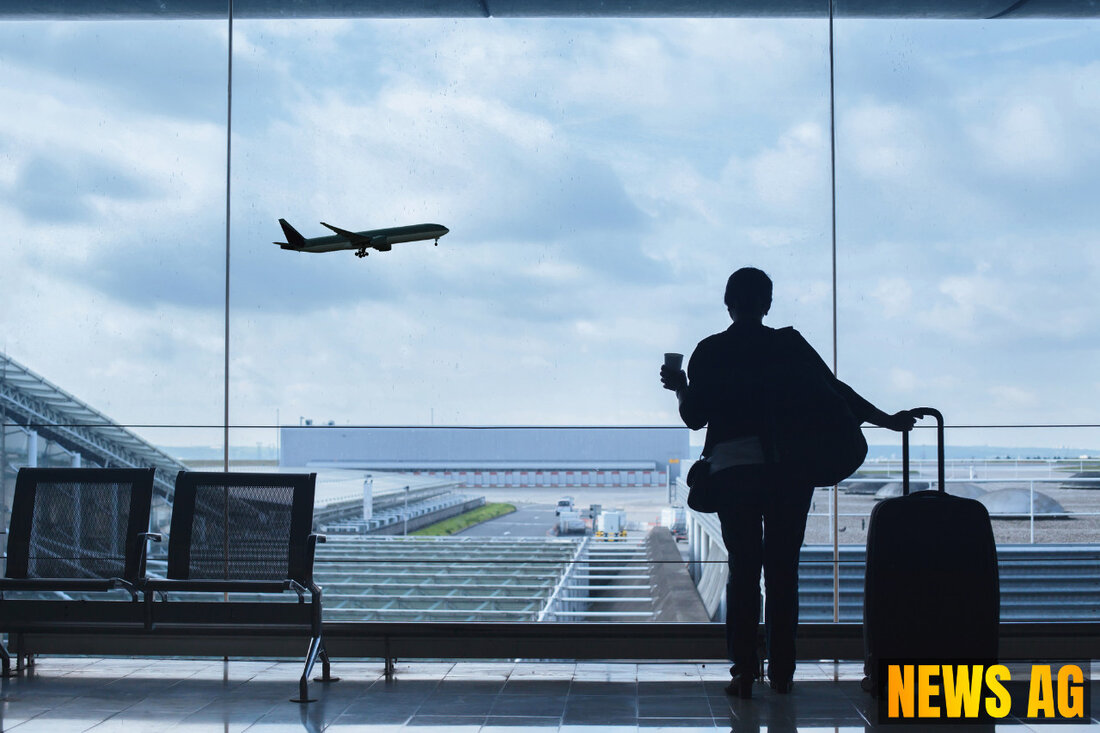Orlando's Transit Revolution: Musk's Underground Loop Sparks Excitement!
Discover the latest on Orlando's potential underground transit system, fueled by rumors of a partnership with The Boring Company.

Orlando's Transit Revolution: Musk's Underground Loop Sparks Excitement!
Rumors are buzzing in Orlando about a revolutionary underground transit system that could change the way locals and tourists travel around the bustling International Drive Resort Area. The chatter is fueled by a budding partnership between Universal Studios and none other than Elon Musk’s The Boring Company. According to ClickOrlando, commuters navigating the busy International Drive often find themselves caught in long travel times, with some taking up to an hour to reach their destinations. This proposed underground tunnel system aims not only to ease congestion but also to improve overall travel efficiency in the area.
What’s driving this interest? The concept, dubbed the „Loop,“ draws comparisons to the existing underground system in Las Vegas, where a focus on rapid transit has proven successful. Local attractions such as Epic Universe and the convention center could benefit significantly from this innovative project, as well as potential connections to Universal Studios and even the airport. However, there are concerns swirling around the feasibility of tunneling through Florida’s unique soil and the possible impact of storms on such an underground infrastructure. Maria Triscari from the I-Drive Chamber of Commerce acknowledged that early-stage conversations have sparked interest, yet nothing has been officially confirmed.
Lessons from Las Vegas
To understand what could be in store for Orlando, we might look towards the Vegas Loop. This transportation system at the Las Vegas Convention Center utilizes underground tunnels to connect various exhibition halls with Tesla vehicles, offering a smooth and efficient ride. The Boring Company started construction for this project in November 2019, enabling a drastic reduction in travel times that transform a 15-minute walk into a mere two-minute ride. Features like elevators moving vehicles between ground and tunnel levels ensure a seamless experience and minimize surface disruptions, which have been key challenges for similar endeavors.
The LVCC Loop has been recognized for its potential to serve as a model for urban transit, dealing effectively with traffic congestion while managing to transport thousands of passengers per hour without delays. Similar enhancements could be on the horizon for Orlando’s proposed Loop, as the city considers how best to integrate such innovative approaches into its existing transit framework.
Technology on the Move
But what technology makes these underground systems work? A major element is the infrastructure built for vehicles, designed to fit snugly into the tunnels. In Los Angeles, the initial test runs of The Boring Company’s prototype tunnel showcased cars modified with tracking wheels, allowing them to glide smoothly along the tunnel walls. Initial tests saw vehicles moving at 35 mph, with the promise that their capabilities could reach speeds over 150 mph in future iterations. This innovation could point to a versatile system where not only Teslas but also other self-driving electric cars can participate, paving the way for a multi-modal transit experience.
Yet, the journey has not been without its hurdles. Similar projects elsewhere, such as the Boring Loop in Chicago and the California tunnels, have faced regulatory challenges and legal setbacks, leaving the future uncertain. While Musk envisions an elaborate network of tunnels under major urban centers like Los Angeles, the road to realizing such ambitions involves navigating complex regulatory landscapes. As Orlando explores its options, local leaders and residents alike can hope that the initial rumors will lead to concrete progress for a transit system that could transform their daily commute.

 Suche
Suche
 Mein Konto
Mein Konto